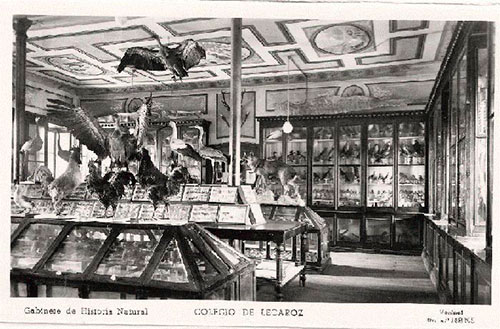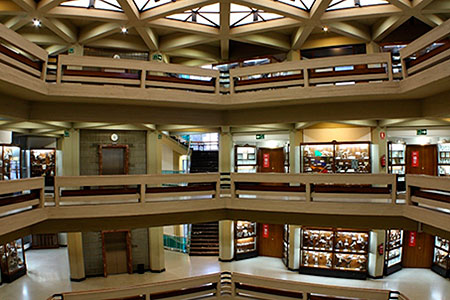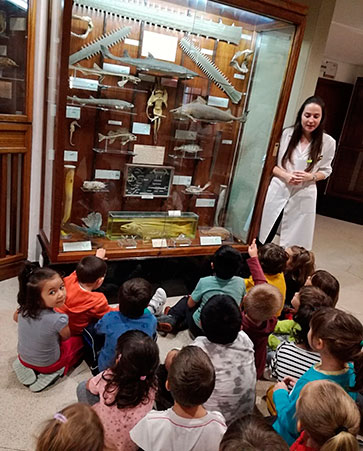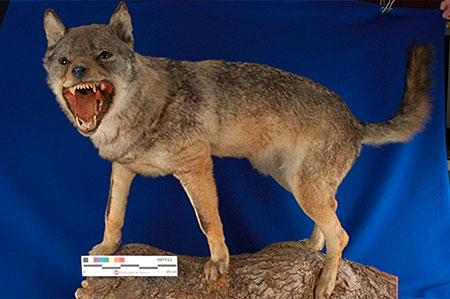21 June
lecture series
ON CULTURAL HERITAGE IN THE BAZTAN VALLEY
The second life of the Lecároz Collection
Arturo Ariño Plano
Director Science Museum. University of Navarra
The 1990-91 academic year was the last for the high school Nuestra Señora del Buen committee of Lecároz, which was run by the Capuchin Fathers. Throughout its century of history, several generations of students were formed in its classrooms thanks to the work, ingenuity and vision of its teachers, aided by advanced teaching materials for their time. Among them, its famous Science Cabinet stood out, which included an extensive collection of Natural History begun at the end of the 19th century.
Formed in good part by the shipments of specimens sent by the Order's missionaries from remote places, prepared by taxidermists, it also included valuable pieces acquired from suppliers everywhere; it seemed that, in spite of the meager finances of the high school, it spared no expense in what it considered a valuable investment in the Education of the inmates. source Another constant and abundant source of funds was the donations from the numerous benefactors of high school, who paid for the preparation of captured pieces to swell the collection in quantity, quality and variety.
With the closure of high school and the subsequent demolition in 2010 of the historic buildings, this collection was on its way to oblivion. The government of Navarra acquired the new facilities of high school to create a high school, but did not make position of a collection as valuable as it was expensive to maintain.
Fr. Miguel María Andueza was the Capuchin provincial minister on whose shoulders the decision about the future of the collection rested; if no institution took it in, it would soon become a memory that would fade with time.
When the then director of the department of Zoology of the University of Navarra, Rafael Jordana, learned of this predicament, he recognized the historical value and professor that the collection could have if properly preserved, and convinced the President, Alfonso Nieto, that the university could give it a second life. Contacts between the University of Navarra and the Capuchins came to fruition in 1992 with the donation of the collection to the University, on condition that it be exhibited to the public.
Several years of work followed at the Zoology Museum: reviewing, treating and documenting the pieces; building 99 display cases in which to house them; and creating the exhibition open to the public at Sciences Building which opened in 1999, followed by the virtual exhibition launched on the web in 2005.
Many pieces were lost along the way given the state of deterioration in which they were found, but the 9,000 surviving pieces, along with other collections, formed the basis of the Science Collections, a resource professor widely used by both science students and the thousands of visitors, mainly from schools, that the exhibition receives each year.
The Lecároz collection, along with the other collections of the Museum, was revitalized with the computerization of its holdings and its incorporation into the large instructions of data worldwide biodiversity. Now, researchers from all over the world can know the composition of the collection down to the last detail; and they can use these data in their research on the state of the planet's biodiversity.
It will soon be 20 years since the second life of the Lecároz Collection, but it will only be the beginning of its next stage. The University is embarking on a great project to create a new Science Museum to research, educate and disseminate about Nature. In this new project, the Lecároz Collection will continue to have much to say, to teach, and to educate future generations of students and people committed to the respect and conservation of our "common home" which is Nature.

The Natural History Cabinet at high school de Lecároz, circa 1920.

The Lecároz Collection in its new location on the five floors of Sciences Building.

Showing pieces from the collection to a group of schoolchildren.

The famous "wolf of Lecároz", a piece from the beginning of the century, preserved today at the University of Navarra.
